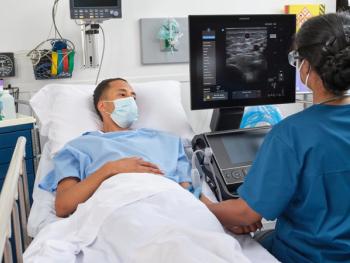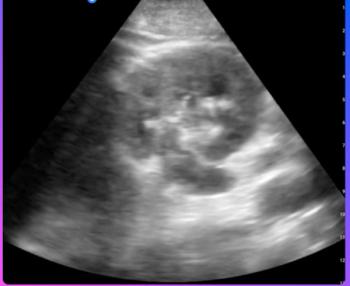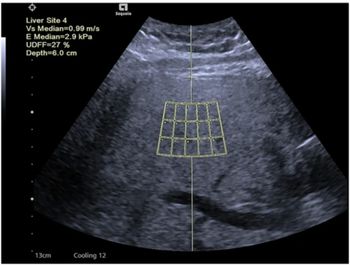
Dense Breast Reporting Regulations Increasing
New laws and research are changing how dense breast notifications are happening.
For the past several years, states have slowly been enacting laws that require radiologists to alert women, as part of their mammography results, if they have dense breast tissue. Legislation adoption has been slow, but steady, even though there’s been little definitive clarity about the impact of providing this information.
Recent research efforts, though, are beginning to shed light on how taking steps to inform women that their dense breast tissue puts them at greater breast cancer risk is actually affecting clinical practice and patient care. According to the National Cancer Institute, approximately 43% of women have dense breast tissue, so this information and testing could potentially affect millions of women nationwide.
Thirty-seven states already had breast density notification laws. But, in February, Congress passed a law, requiring every state to include the notifications with all mammography results. And, several other states, including Massachusetts, Michigan, Missouri, and Rhode Island, are going a step further. In addition to informing a woman she has dense breast tissue, these letters are also including detailed information about-and recommendations for-additional screening tests, such as ultrasound and MRI.
Adding in these suggestions seems to be having a small impact already. In a new study published in the
Related article:
Conversely, there was no uptick in breast ultrasound utilization in states that did not include the additional testing suggestions. The study also found no changes in clinical practice in those states.
Separate research also confirmed that implementing dense breast notification laws does, in fact, increase the number of women who seek follow-up care. Based on the findings of a recent article published in the
But, not all research supports the positive impact of supplemental ultrasound. Other new investigations counter the benefit of the slight increase in new cancer detection. According to research from the University of Washington published in
However, cancer detection rates are virtually the same-5.4 and 5.5 per 1,000 women. As a result, investigators say, there’s a question of whether the added cost associated with supplemental ultrasound is justifiable, especially because supplemental imaging, on average, costs more than a mammogram.
With these conflicting research findings, investigators suggested that additional work is needed to identify which subgroups of women could potentially benefit the most from undergoing additional supplemental screening.
Until then, though, despite the continued concerns about how many new cancers are identified and how many women might undergo unnecessary additional testing for benign findings, investigators across the board are reaching one similar conclusion. Clinicians should still take advantage of dense breast notifications and treat them as an opportunity to discuss screening options with their patients, as well as the potential benefits and risks of additional imaging.
Newsletter
Stay at the forefront of radiology with the Diagnostic Imaging newsletter, delivering the latest news, clinical insights, and imaging advancements for today’s radiologists.



























